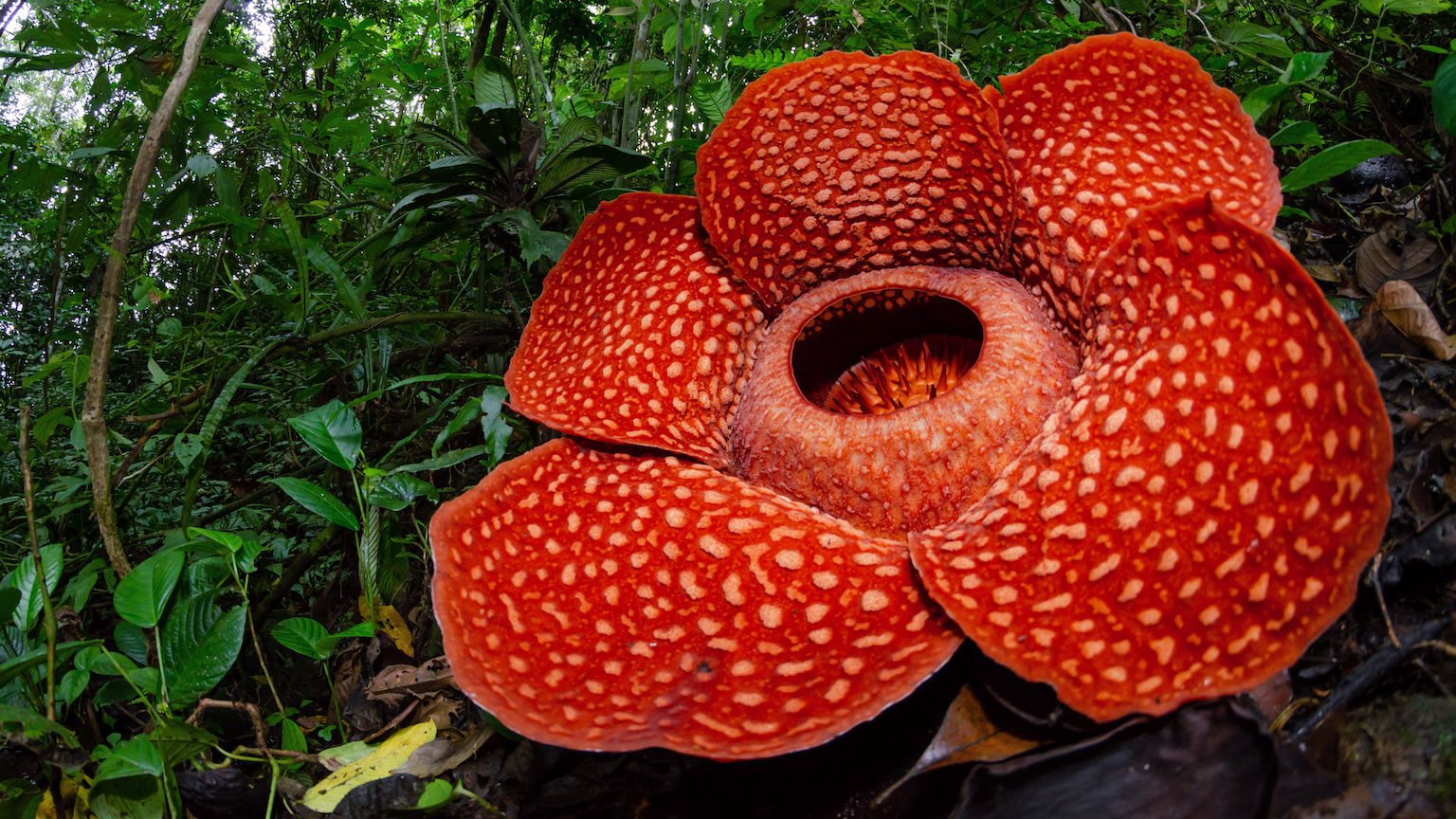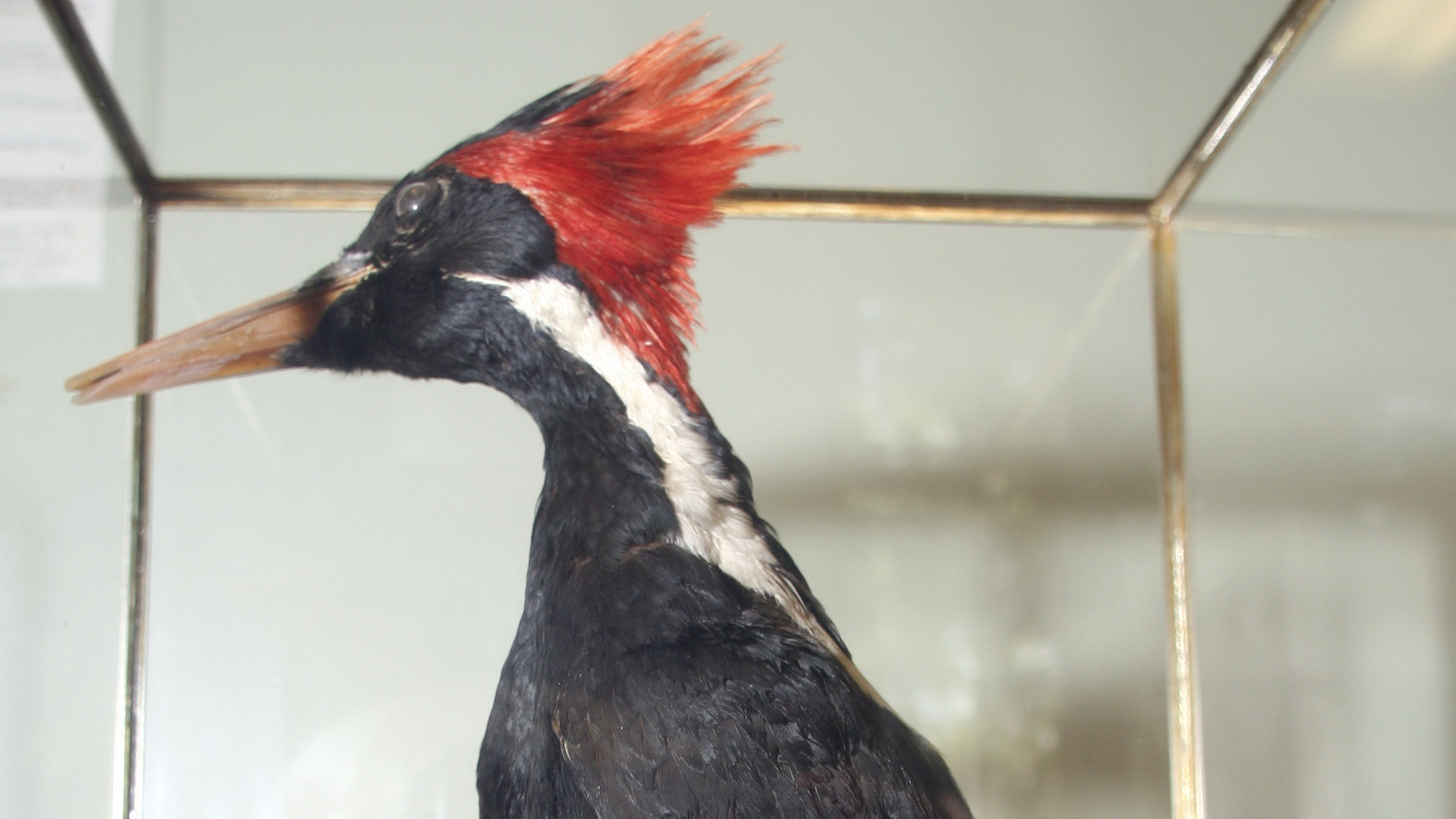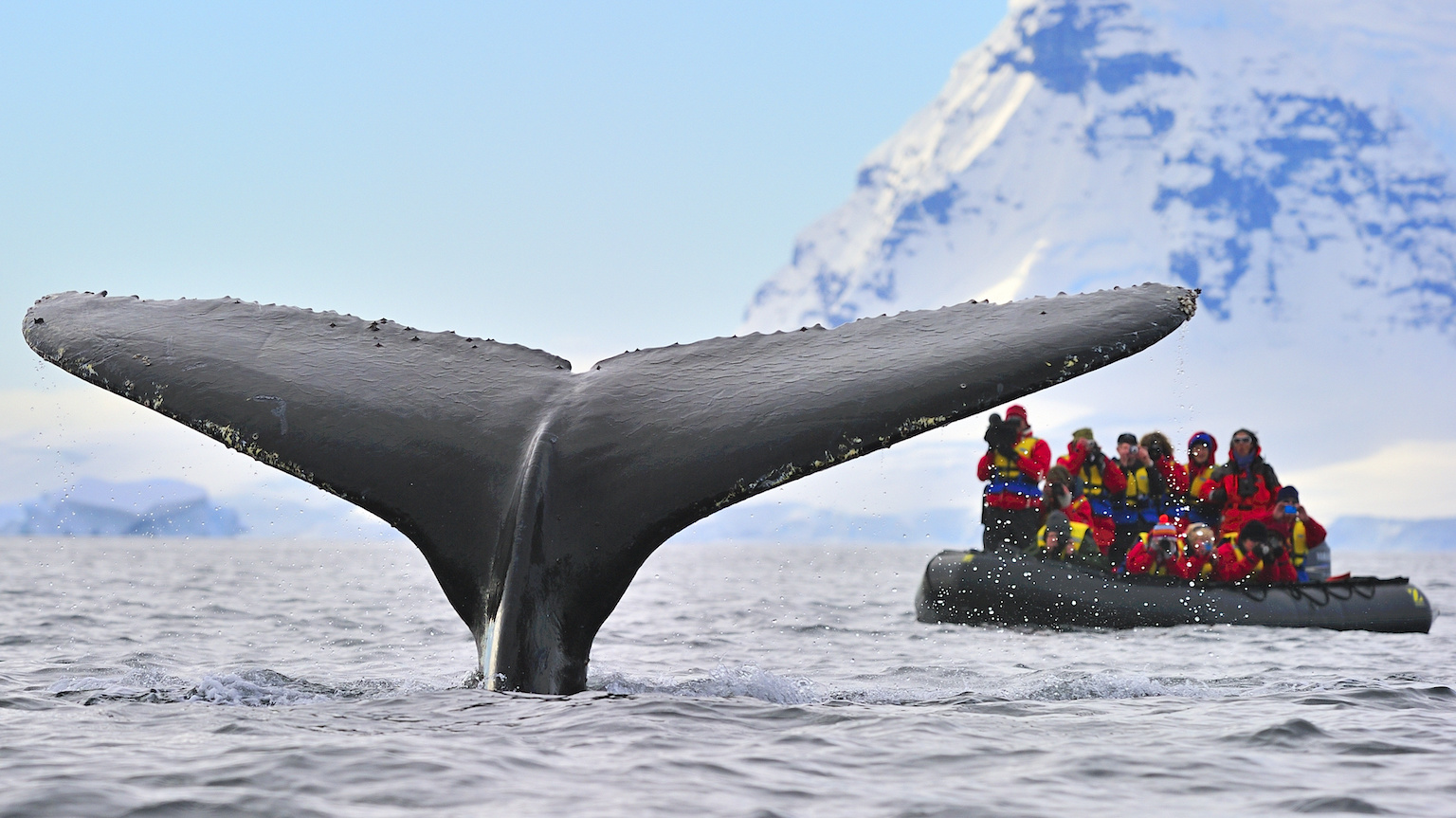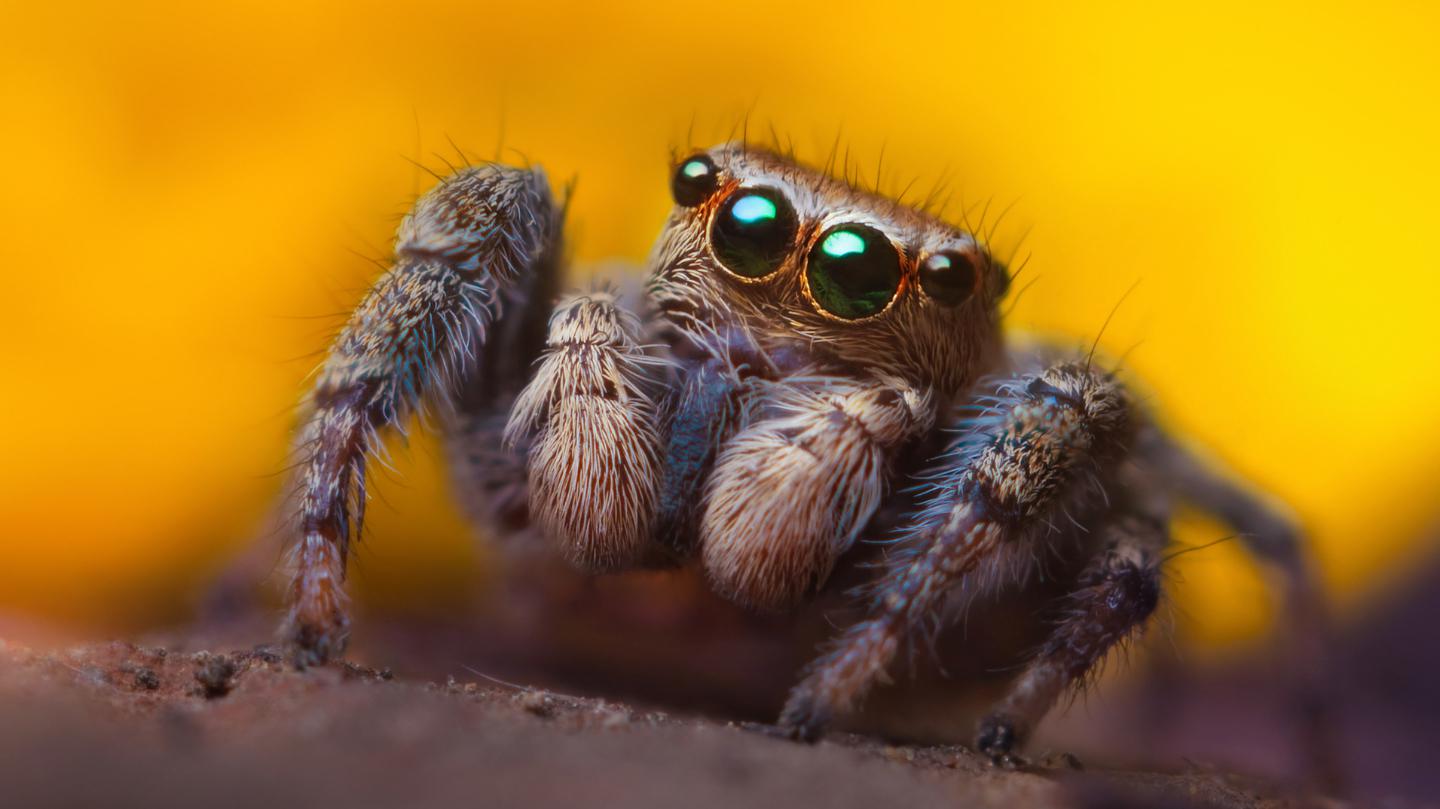Joro spider is a unique exception to a major threat
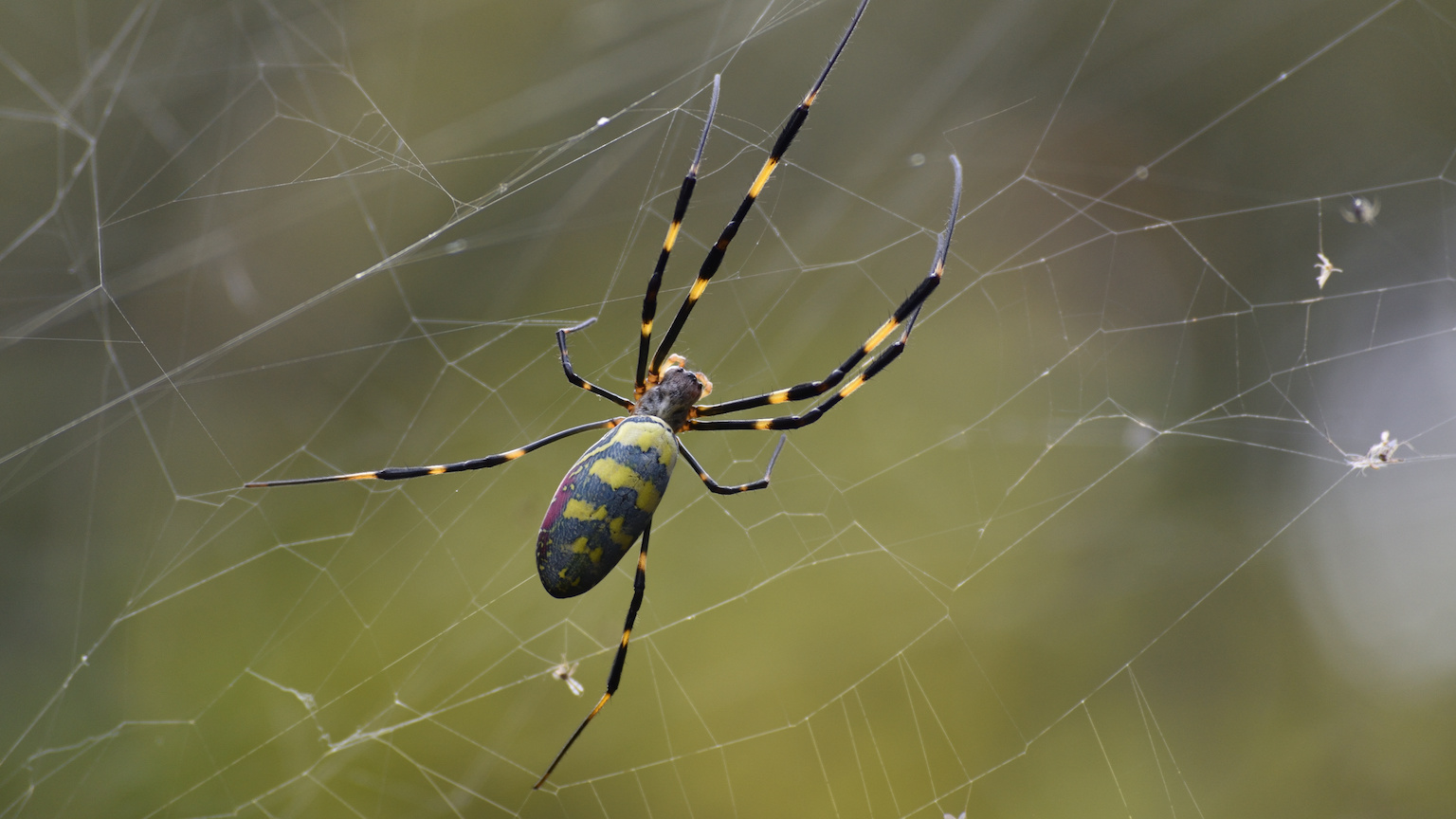
- The Joro spider is a large spider hailing from Japan that found its way to the U.S. state of Georgia in 2014.
- Its numbers and range have grown. Thankfully, the Joro spider has a harmless bite, and entomologists predict it won’t negatively affect native ecosystems.
- Still, the Joro spider is one exception to a well-understood trend: Non-native plants, animals, insects, and bacteria tend to damage ecosystems, human health, and food security.
In early March, headlines of a “giant flying spider” flooded the news. The large, blazon-yellow and jet-black Joro spider grabbed the spotlight for a good reason: These arachnids fall out of the sky, using their webs like parachutes to travel and colonize new areas. With a tolerance for heat and cold, these robust spiders are poised to make their homes across much of the United States, where the climate is like that of the Joro’s home, Japan.
Many pinned the Joro spider as a misunderstood character – scary looking yet harmless. Its ecological impacts are predicted to be mild, though we cannot yet be sure. Most biologists, though optimistic, do not wish to write off the Joro spider anytime soon: Underestimating non-native species can come with a dramatic price. The most famous example comes from Australia, where the Hawaiian cane toad, introduced to the country as a biocontrol agent against the destructive cane beetle, was hailed as a lifesaver. Today, it is the most loathed invasive species in the country, costing Australia millions in management fees every year.
While the Joro spider is probably not an American cane toad, it is also not the last invasive creature that will breach our borders.
What is the Joro spider?
In 2014, some Joro spiders caught a ride in a shipping container and traveled from Japan to Atlanta, Georgia. The spiders felt right at home in the Peach State’s humid summers and mild winters. Their populations boomed such that in 2021, millions of their 10-foot-thick spider webs draped across the state.
Physically, the Joro spider is breathtaking. With gold stripes cutting across its black body and peppers of scarlet red adorning its underside, the arachnids stay true to their namesake, the mythical Japanese spirit Jorōgumo – a shapeshifting spider who attracts prey by disguising itself as a beautiful woman.
Luckily, there the similarities end between the Joro spider and the dangerous Jorōgumo. The Joro’s bite cannot pierce skin, and its venom poses no threat to humans. Still, the Joro spider boasts an assortment of other superpower features, like its home-spun parachute. When the hatchlings emerge in the spring, they ride the wind on a strand of their own silk for up to 100 miles. When they cannot rely on their personal jetpack, their ability to withstand freezing cold and very hot temperatures means that they can easily hitch a ride to a new location in luggage or on the side of a car. Entomologists say it is only a matter of time before residents across the Eastern seaboard learn the charms of the Joro spider.
Ecological impacts of non-native species
Entomologists are optimistic that the Joro spider will benefit native ecosystems. In Georgia, the spiders feed on mosquitoes as well as invasive species like the stink bug, a herbivore that feasts on common crops.
Though the Joro spider is probably a friend rather than a foe, we might not get so lucky the next time. In fact, the story of the Joro spider is a happy exception to the norm. Non-native species often turn invasive. They wreak havoc on native ecosystems, and even on human health and food security.
Insects are especially great invaders. Their small body size helps them sneak around undetected, and their impressive biology allows them to withstand long periods without food. Like the joro spider, the brown marmorated stink came over on a shipping crate, traveling to Pennsylvania from its native Eastern Asia. Unlike the Joro spider, these bugs are purely destructive. They have spread across the northeastern United States, where they eat all manner of crops, including soybeans, green beans, and cherries.
A global problem
Examples of other biological invaders are easy to come by. Zebras mussels came to North America in ship ballast waters. They outcompete native mussels and clog pipes and locks in dams. Meanwhile, the European starling was intentionally released as part of a plan to bring all birds mentioned in Shakespeare to the United States. The South American red imported fire ant hitched a ride in a boat. It is steadily wiping out native ants and lizards while providing a mean bite to anyone who goes near them. Witchweed devastates corn crops in Africa, collapsing the livelihood of many farmers on the continent.
Whether introduced intentionally or not, non-native species tend to become invasive, with destabilizing and even destructive impacts on ecosystems that already suffer from the effects of climate change and development. Some pose serious threats to human health and jeopardize food supplies. They also pack a financial punch. The annual cost of invasive species management in the United States alone is estimated at $21 billion.
Prediction, prevention, and response
Managing invasive species is a complex problem that requires multiple solutions. Scientists and land managers have developed a set of integrated approaches to non-native species: prediction and prevention, early detection and rapid response, monitoring, and restoration.
Preventing a species from reaching a new area beats trying to control an established invasive gone rampant. However, in the case of insects, invasions have outpaced preventative measures. In fact, the number of introduced arthropod species is growing at a steady rate. However, new technologies relying on satellite images, climate models, and species distribution models are helping us improve how we predict which species pose unacceptable risks and identify the pathways they might follow to reach suitable areas.
Still, if we do not prevent a species from landing, the next best method is to locate nascent populations early and eradicate or contain them quickly. To identify non-natives in novel areas, scientists rely on real-time global pest surveillance programs. This includes citizen science projects like the website iNaturalist. This online initiative of the California Academy of sciences and the National Geographic society allows anyone to post photos of animals and plants for identification. Indeed, researchers leaned heavily on iNaturalist to map and predict the spread of the Joro spider. More advanced tools, like using environmental DNA, will help us detect insects as they are en route. This gives us time to mount our defenses before they make landfall.
Finally, monitoring non-native species, particularly as they enter new areas, is critical for understanding how they might affect an area. So even though the Joro spider does not pose a serious threat, we should still follow it along its road-trip through America — just to make sure.
